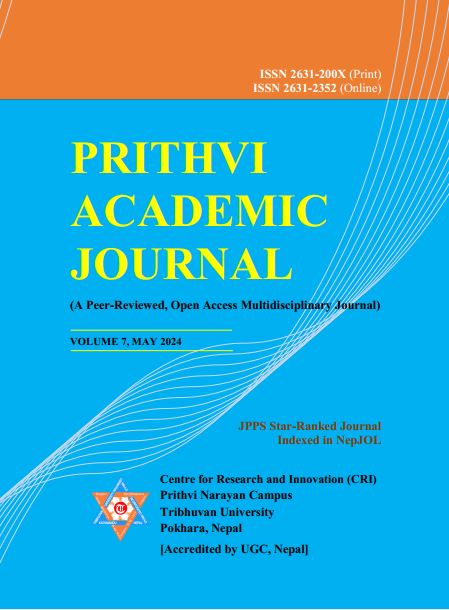Introduction Pathways of Invasive Alien Plants in the Lake Cluster of Pokhara Valley, Nepal
DOI:
https://doi.org/10.3126/paj.v7i1.65741Keywords:
Ramsar site, wetlands, ornamental plants, intentional introductions, accidental introductionsAbstract
The Lake Cluster of the Pokhara Valley (LCPV), a Ramsar site, has been invaded by several invasive alien plant species (IAPS), yet the introduction pathways of these species remain unknown. In this paper, the possible introduction pathways and invasion history of five wetland IAPS of the LCPV have been identified and reported for analysis. Direct field observations were combined with data obtained from the questionnaire survey with the local residents to identify introduction pathways and invasion history. Among five invasive alien plants, Pontederia crassipes and Pistia stratiotes were introduced as ornamental plants that escaped to wetlands and established their populations during 1980s and 1990s respectively. Similarly, Ipomoea carnea subsp fistulosa was introduced during the 1990s for fencing and soil bioengineering purposes. It is highly likely that Leersia hexandra and Alternanthera philoxeroides were introduced accidentally as none of the local residents interviewed could explain the purpose of their introduction. The local residents have noticed the occurrence of L. hexandra for >50 years while A. philoxeroides might have reached to the LCPV sometime between 2015 and 2020. The results suggest the wetland IAPS have been introduced to the LCPV both intentionally as well as accidentally, and that the prioritizing pathway management can prevent their future introductions.





